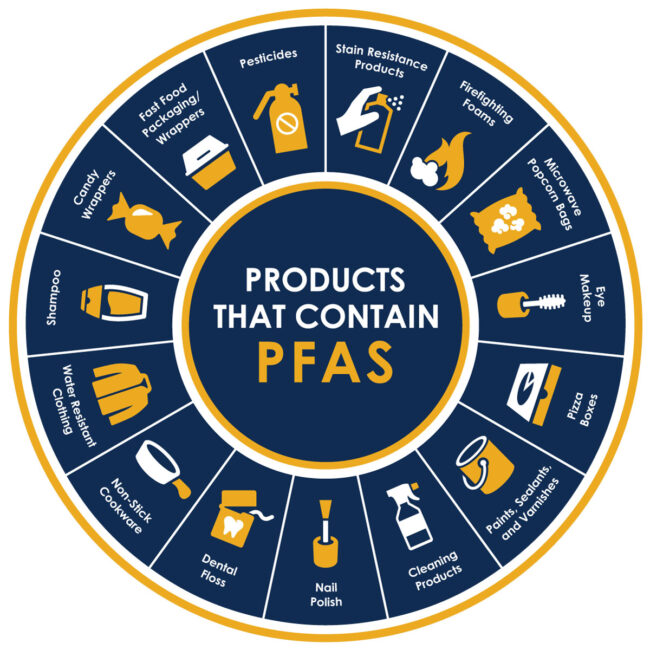![]()
![]()
By Ben Catton
Human consumption can exceed nature’s ability to replenish resources and absorb waste, especially with single-use, non-biodegradable materials. For decades, dependence on both plastics and “forever chemicals” like per- and polyfluoroalkyl substances (PFAS) has been backfiring. Montana has not escaped this predicament. Montana’s landfills (and public budgets) are overwhelmed by grocery bags and styrofoam containers; microplastics are pervasive in everything from trout streams to bloodstreams; and PFAS levels in water sources around the state are at unsafe levels and rising. PFAS exposure is highly correlated to cancer. However, the Montana Legislature proves yet again that it is divided in how to regulate these inescapable, dangerous substances.
Nearly all plastics — 99% — come from fossil fuels. PFAS are also petrochemical products. Each year, 5-10% of extracted fossil fuels go into plastic production. As cleaner energy technologies reduce fossil fuel demand for power, the fossil fuel industry is turning its focus to plastic manufacturing and market creation, making the transition to sustainable materials an uphill battle against huge corporations desperately trying to pivot.
Some Montana legislators are tackling these challenges. Although most of their bills failed this session, one remains in play.
Rep. Marilyn Marler (D-Missoula) introduced HB 477, which would disallow the use of styrofoam food containers in stages over the next six years. Lawmakers saw firsthand the entrepreneurial opportunities tied to this shift during the bill hearing and in the Capitol Rotunda exhibition on recycling and composting on March 4. Moving away from styrofoam is driving innovation in Montana’s compostable manufacturing, waste management, and agriculture sectors — creating jobs and boosting local economies. These innovators showed that the world has limits, yes, but that Montana holds possibilities, especially as a place for renewal and growth. HB 477 passed the House Natural Resources Committee with strong bipartisan support (12-2) and now heads to the full chamber for a vote. Because it has a fiscal note, its deadline for transmittal is later than for normal bills.
 Rep. Ed Stafman (D-Bozeman) also introduced two bills concerning these pollutants. Despite strong hearings, both bills have unfortunately been tabled. The first, HB 160, would have repealed a 2021 law blocking local bans on single-use plastics. This “ban on bans” was driven by petroleum lobbyists to prevent communities from limiting plastic consumption. HB 290 would have prohibited “intentionally added” PFAS in firefighting foam and gear, menstrual products, and juvenile products. HB 290 targeted some of the higher-risk products impacting particularly vulnerable populations.
Rep. Ed Stafman (D-Bozeman) also introduced two bills concerning these pollutants. Despite strong hearings, both bills have unfortunately been tabled. The first, HB 160, would have repealed a 2021 law blocking local bans on single-use plastics. This “ban on bans” was driven by petroleum lobbyists to prevent communities from limiting plastic consumption. HB 290 would have prohibited “intentionally added” PFAS in firefighting foam and gear, menstrual products, and juvenile products. HB 290 targeted some of the higher-risk products impacting particularly vulnerable populations.
It’s clear there is some willingness to address these dangerous, preventable sources of pollution, but there is still work to be done.
This article was published in the March 2025 issue of Down To Earth.

